Macro photography is both stimulating and, for some, a little dauting. Beginners might feel that they need expensive equipment and numerous accessories in order to create beautiful images.
Nowadays, photographers are lucky to have access to excellent lenses well suited for macro photography. In particular, Laowa proposes several superb lenses with unique properties. Their 60mm F2.8 2X Macro and 100mm F2.8 2X Ultra Macro APO both offer stellar optical performances and larger than usual magnification ratios. Regular macro lenses offer 1:1 magnification, meaning that the projected image on the camera sensor is the same size as the subject. Laowa’s lenses offer 2:1 magnification. In other words, used at their maximum magnification, they can project an image that’s twice the size of the subject! With a full frame sensor, that means filling the frame entirely with an object no larger than 18x12mm!
Expensive equipment is not always needed for macro. A good lens and a tripod are the two main requisites. Add a focus rail if you want to simplify adjustments, and maybe a light source to shape the light, and you’re set.
The beauty of macro photography is that you don’t need to go far to discover a world of possibilities. All of the following images have been captured around my house, with minimal equipment, and a little dose of patience.
This picture was captured handheld with a 100mm lens. It took me a few attempts to achieve the framing and focus that I was aiming for. Direct illumination from a hotshoe flash highlights the focus point, at the tip of the bud, while leaving the background darker. I had tried composing differently but the beautiful symmetry of the bud lent itself to a centered framing.
This image was shot with a 60mm lens, using approximately 1:1 magnification. The plants are actually blades of grass! Light rain had created beautiful droplets on a spiderweb. I only had to get the droplets in focus! I used a relatively wide aperture of F5 to enhance the depth of field and draw the viewer’s eye to the sharp droplets.
This image of a cactus’ thorns was captured at 100mm, using the Laowa lens’ maximum 2:1 magnification. The setup for this was a bit more complex. I used a focus rail on my tripod to really get the thorns in focus (I could have moved the cactus instead of the camera). I mounted a flash on my hotshoe, and attached a white card to it to diffuse the light a bit. Using an external light let me select a smaller aperture, F14 in this case. This increased the depth of field without having to revert to complex image stacking. The result is an even illumination, without shadows, putting the emphasis on the shape of the thorns, revealing hard-to-see details.
Sometimes the simpler images are also the most pleasing. This is a simple handheld capture of my daughter’s eye, obtained with Laowa’s 60mm macro lens. Patience was required since both the subject and camera kept moving slightly.
There are intriguing patterns and shapes everywhere, as with this colourful pencil sharpener! A tripod, single overhead light bulb and Laowa’s 60mm lens were all that was needed. I willingly kept most of the image out-of-focus to draw the eye towards the tip.
This plant emerging from the ground, carrying with it a water droplet as it grew, captured my attention. I used Laowa’s 100mm for this capture, done with a tripod and focus rail. The plant was in a pot, which I oriented so that light from a window illuminated it from the right side. The lens allowed me to capture the details of this minuscule subject, a few millimeters in length.
Water drops frequently enhance macro pictures of plants. This is especially true when sunlight shines right after the rain. This picture, which always reminds me of a spaceship, was captured right after a rain shower. I used a 100mm focal length, letting me stand farther from the plant to avoid touching it by accident. I moved around the plant until I found a viewpoint that I liked, with the light coming slightly from the side.
To see more of Bernard’s work, visit his website at https://bernard-dery.smugmug.com/
About the Author – Bernard Déry
Living in Eastern Canada, Bernard is an optical designer working in the photonics industry. He is also a seasoned reviewer of photographic equipment, using his training in physics to test lenses, cameras and various accessories. Bernard’s photographic interests include studio and portrait, travel, landscape and cityscape, particularly at night. More of his work can be seen on his website.
Vivant au Québec, Bernard est un concepteur optique et travaille dans l’industrie de la photonique. Il est aussi un habitué des tests d’équipement photo, utilisant sa formation en physique pour évaluer des objectifs, caméras et accessoires. Les intérêts photo de Bernard incluent le studio et le portrait, le voyage, les paysages et l’architecture, en particulier la nuit tombée. On peut voir ses créations sur son site.



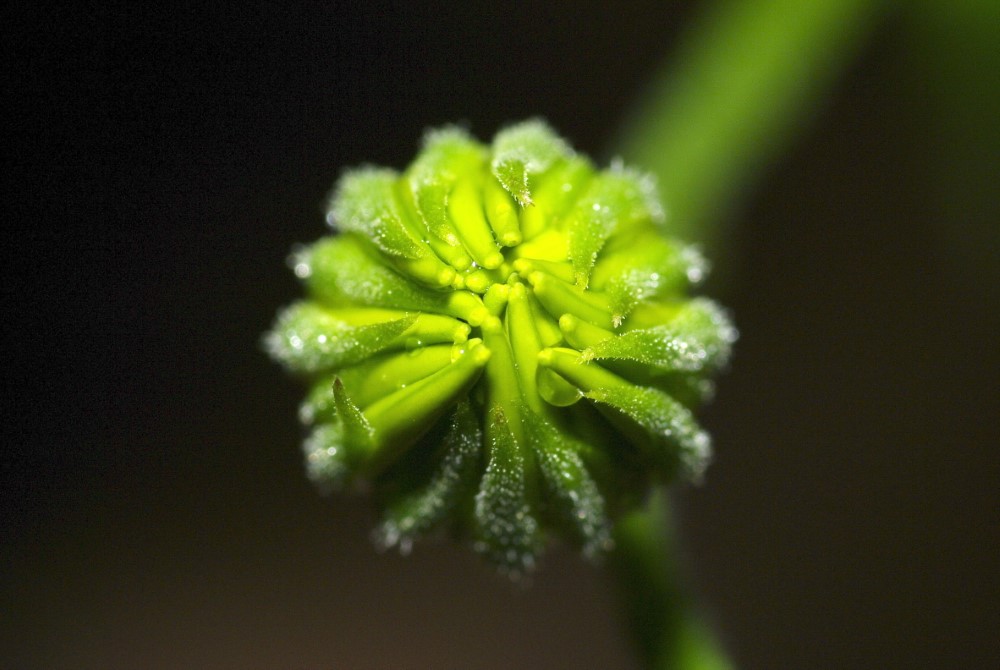
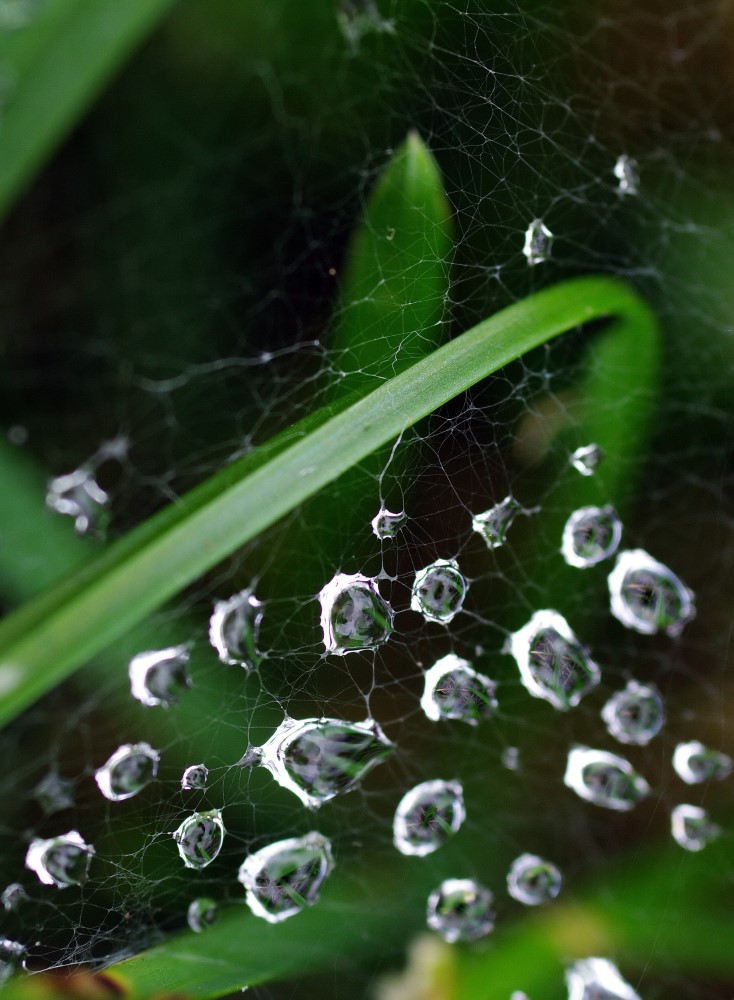
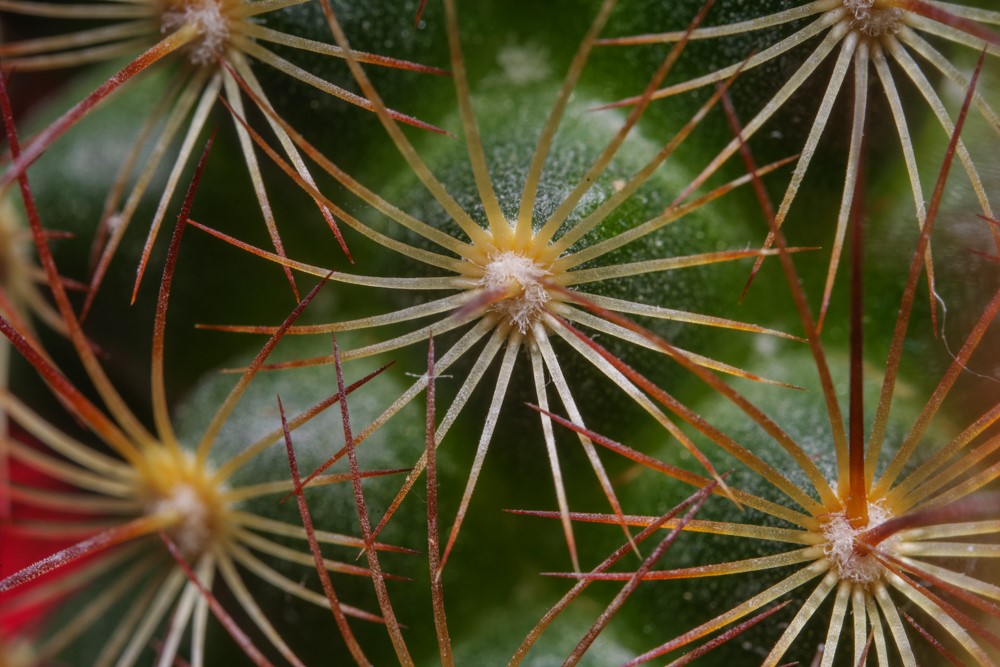


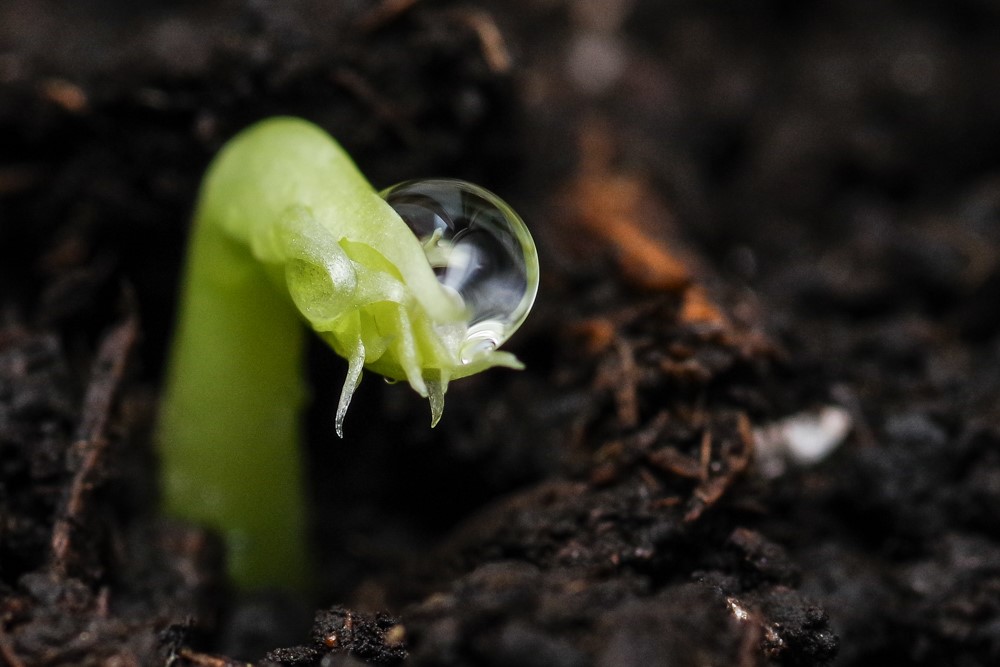
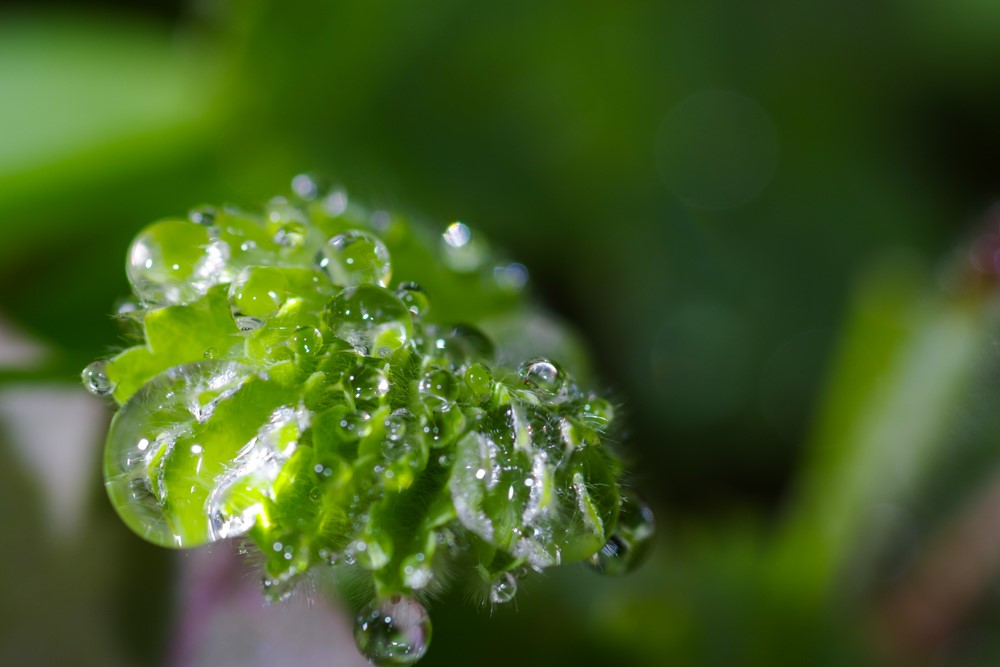






I am inspired by the macro photography article.
I would like to know how to paint with light on flowers on a black background . It would take multiple exposures.
Does anyone know the technique?
Hi Naomi,
That’s a great project. I’ll do an article next issue on light painting. It is possible to do with single exposure as well.
Hello Naomi!
Light painting can be a lot of fun! You can see an example of it on the homepage of my website https://bernard-dery.smugmug.com/
There are many ways to do light painting. Do you aim to light from multiple sides, or to create special effects with lights moving in the frame? If it’s the latter, then a single, longer exposure is needed (be careful, longer exposures might brighten the background. You’ll have to experiment. If it’s the former, then make sure the subject doesn’t move (careful of the wind!) and either take a long exposure, several shorter ones or, if you have multiple lights turn them all on at the same time and use a shorter exposure.
I hope this helps!